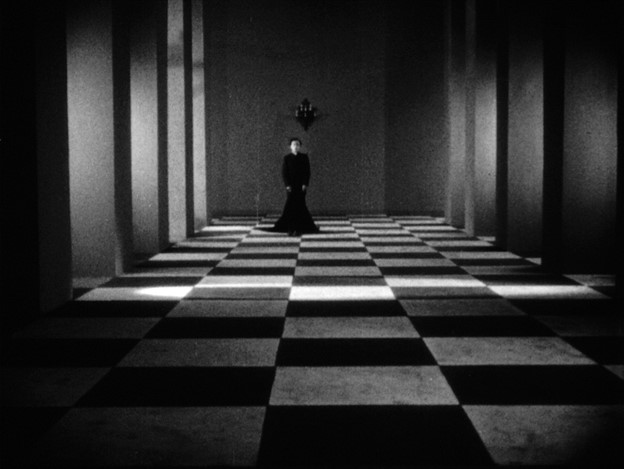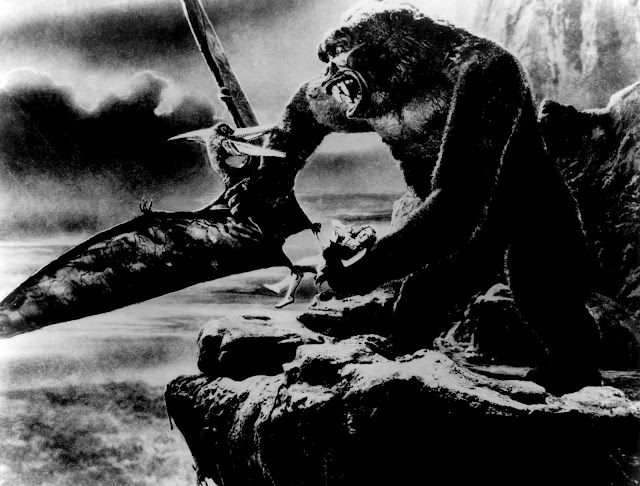The Seashell and the Clergyman (1928)
Germaine Dulac's "The Seashell and the Clergyman"
Germaine Dulac had been directing films for over a decade by the time she made her most famous piece, 1928's "The Seashell and the Clergyman." The film was a surrealist piece of cinema during a time when surrealism hadn't been properly established as a recognized creative effort. The original scenario of the film was written by Antonin Artaud.
The film follows the erotic hallucinations of a priest lusting after a general's wife. The sequences often express the priest sexually violating, berating, or controlling this woman, while at the same time appearing weak and immaculate. The priest cannot seem to help his uncontrollable urges. Perhaps Dulac is demonstrating the way in which men in society exert control over women as a means of acting out their masculine urges for control and conquest. However, Dulac does not seem to equate this need for power to masculinity, as she very clearly makes a point to visually express the priest's weak and ridiculous nature. Dulac also seems to be examining the effects of conformity and authority on society. The men in the film are all in positions of power or authority and seem to be using that authority to suppress others for their own animalistic impulses.
When the film was released in 1928, it was not met well with audiences or critics. Even the original author of the scenario did not approve of the treatment of his work. Many reviews of the film were released criticizing the film for its surrealist nature. However, since its release, film critics have praised the film for its invention and creative endeavors. It has since become an iconic feminist work in the history of film.




Comments
Post a Comment